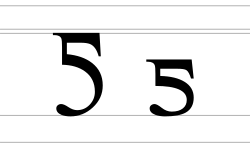A caronKARR-ən. or háček, is a diacritic mark placed over certain letters in the orthography of some languages, to indicate a change of the related letter's pronunciation. Typographers tend to use the term caron, while linguists prefer the Czech word háček.

The Russian alphabet is the script used to write the Russian language. It is derived from the Cyrillic script, which was modified in the 9th century to capture accurately the phonology of the first Slavic literary language, Old Slavonic. Initially an old variant of the Bulgarian alphabet, it was used in Kievan Rus' from the 10th century onward to write what would become the modern Russian language.

The Zhuang languages are the more than a dozen Tai languages spoken by the Zhuang people of Southern China in the province of Guangxi and adjacent parts of Yunnan and Guangdong. The Zhuang languages do not form a monophyletic linguistic unit, as northern and southern Zhuang languages are more closely related to other Tai languages than to each other. Northern Zhuang languages form a dialect continuum with Northern Tai varieties across the provincial border in Guizhou, which are designated as Bouyei, whereas Southern Zhuang languages form another dialect continuum with Central Tai varieties such as Nung, Tay and Caolan in Vietnam. Standard Zhuang is based on the Northern Zhuang dialect of Wuming.
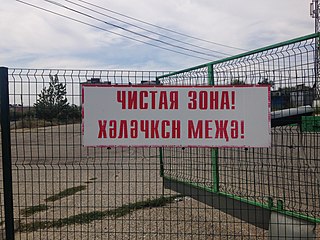
Kalmyk Oirat, commonly known as the Kalmyk language, is a variety of the Mongolian language, natively spoken by the Kalmyk people of Kalmykia, a federal subject of Russia. In Russia, it is the standard form of the Oirat Mongolian, which belongs to the Mongolic language family. The Kalmyk people of the Northwest Caspian Sea of Russia claim descent from the Oirats from Eurasia, who have also historically settled in Mongolia and Northwest China. According to UNESCO, the language is "definitely endangered". According to the Russian census of 2021, there are 110,000 speakers out of an ethnic population consisting of 178,000 people.

Ze is a letter of the Cyrillic script.

Che, Cha or Chu is a letter of the Cyrillic script.
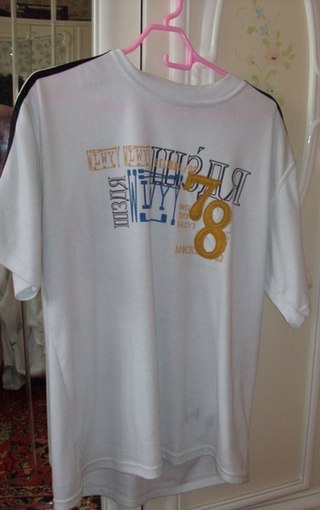
Faux Cyrillic, pseudo-Cyrillic, pseudo-Russian or faux Russian typography is the use of Cyrillic letters in Latin text, usually to evoke the Soviet Union or Russia, though it may be used in other contexts as well. It is a common Western trope used in book covers, film titles, comic book lettering, artwork for computer games, or product packaging which are set in or wish to evoke Eastern Europe, the Soviet Union, or Russia. A typeface designed to emulate Cyrillic is classed as a mimicry typeface.
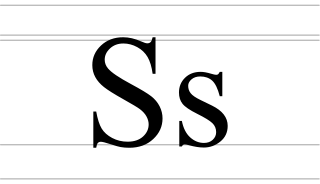
Dze is a letter of the Cyrillic script, used in the Macedonian alphabet to represent the voiced alveolar affricate, similar to the pronunciation of ⟨ds⟩ in "needs" or "kids" in English. It is derived from the letter dzelo or zelo of the Early Cyrillic alphabet, and it was used historically in all Slavic languages that use Cyrillic.

Bukharian, also known as Judeo-Bukharic and Judeo-Tajik, is a Judeo-Persian dialect historically spoken by the Bukharan Jews of Central Asia. It is a Jewish dialect derived from—and largely mutually intelligible with—the Tajik and Dari branch of the Persian language.
Shor, or Kuznets Tatar, is a critically endangered Turkic language spoken by about 2,800 people in a region called Mountain Shoriya, in Kemerovo Oblast in Southwest Siberia, although the entire Shor population in this area is over 12,000 people. Presently, not all ethnic Shors speak Shor and the language suffered a decline from the late 1930s to the early 1980s. During this period the Shor language was neither written nor taught in schools. However, since the 1980s and 1990s there has been a Shor language revival. The language is now taught at the Novokuznetsk branch of the Kemerovo State University.

Ƅ is a letter of the Latin alphabet used in the Zhuang alphabet and Bouyei alphabet from 1957 to 1986 to indicate the sixth tone, mid-level. The 'b' shape was chosen for the letter because it resembles the digit '6', and the character represents the sixth tone. In 1986, it was replaced by h.

There are 4 stages in the history of Yakut writing systems:
The Montenegrin alphabet is the collective name given to "Abeceda" and "Азбука", the writing systems used to write the Montenegrin language. It was adopted on 9 June 2009 by the Montenegrin Minister of Education, Sreten Škuletić and replaced the Serbian Cyrillic and Gaj's Latin alphabets in use at the time.

The Dolgan language is a severely endangered Turkic language with 930 speakers, spoken in the Taymyr Peninsula in Russia. The speakers are known as the Dolgans. The word "Dolgan", derived from Evenki, means 'tribe living on the middle reaches of the river'. This is most likely signifying the geographical location of the Dolgan tribe. Its closest relative is Sakha.
The Komi language, a Uralic language spoken in the north-eastern part of European Russia, has been written in several different alphabets. Currently, Komi writing uses letters from the Cyrillic script. There have been five distinct stages in the history of Komi writing:
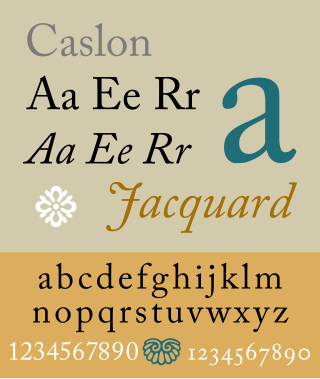
In the days of printing with metal type sorts, it was common to rotate letters and digits 180° to create new symbols. This was a cheap way to extend the alphabet that didn't require purchasing or cutting custom sorts. The method was used for example with the Palaeotype alphabet, the International Phonetic Alphabet, the Fraser script, and for some mathematical symbols. Perhaps the earliest instance of this that is still in use is turned e for schwa.
Since its inception in the 18th century and up to the present, it is based on the Cyrillic alphabet to write the Udmurt language. Attempts were also made to use the Latin alphabet to write the Udmurt language. In its modern form, the Udmurt alphabet was approved in 1937.
Mansi alphabets are a writing system used to write the Mansi languages. During its existence, it functioned on different graphic bases and was repeatedly reformed. At present day, the Mansi writing functions in Cyrillic. There are 3 stages in the history of Mansi writing:
Khakass alphabets are the alphabets used to write the Khakas language.
The Tat alphabet is used for writing in the Tat language, which has two main dialects - the northern one, spoken by Mountain Jews, and the southern one, spoken by the Tats. During its existence, the Tat writing functioned primarily in the northern dialect and at the same time changed its graphic basis several times and was reformed several times. Currently, the writing of the Mountain Jews is in Cyrillic alphabets, and the writing of the Muslim Tats is in the Latin alphabet. There are four stages in the history of Tat writing:
